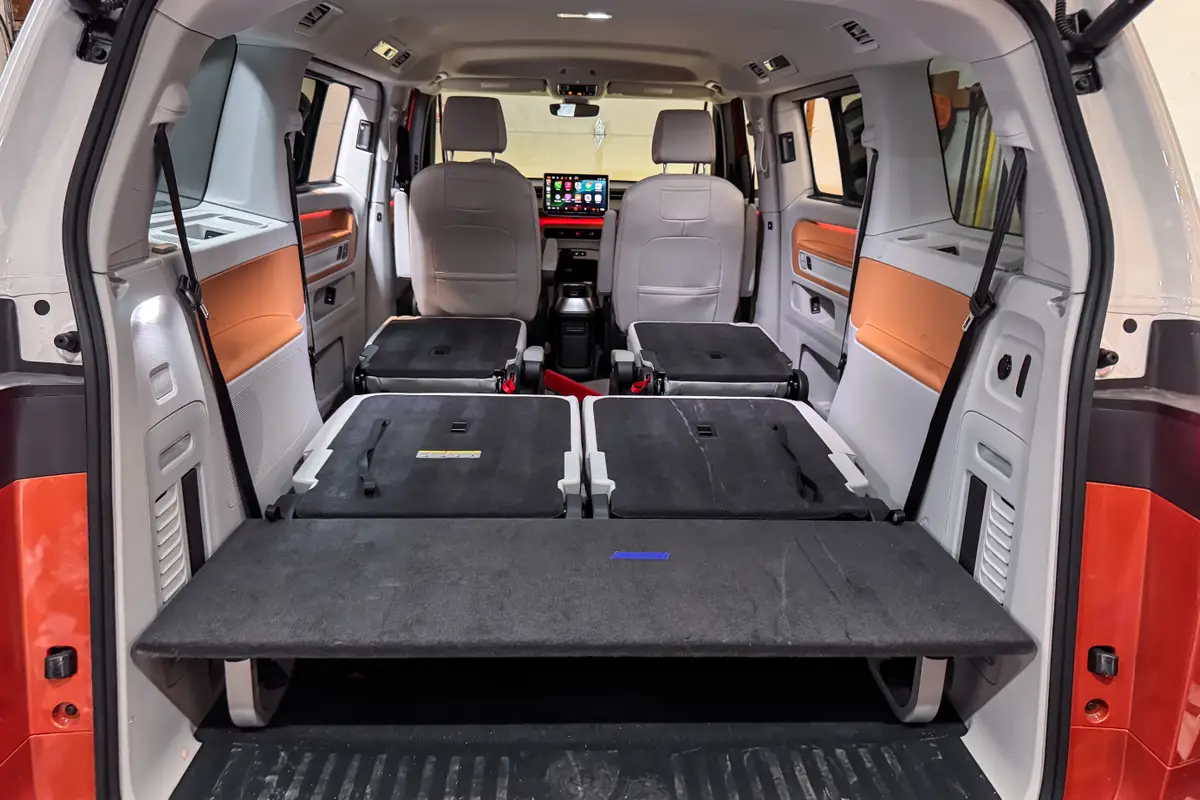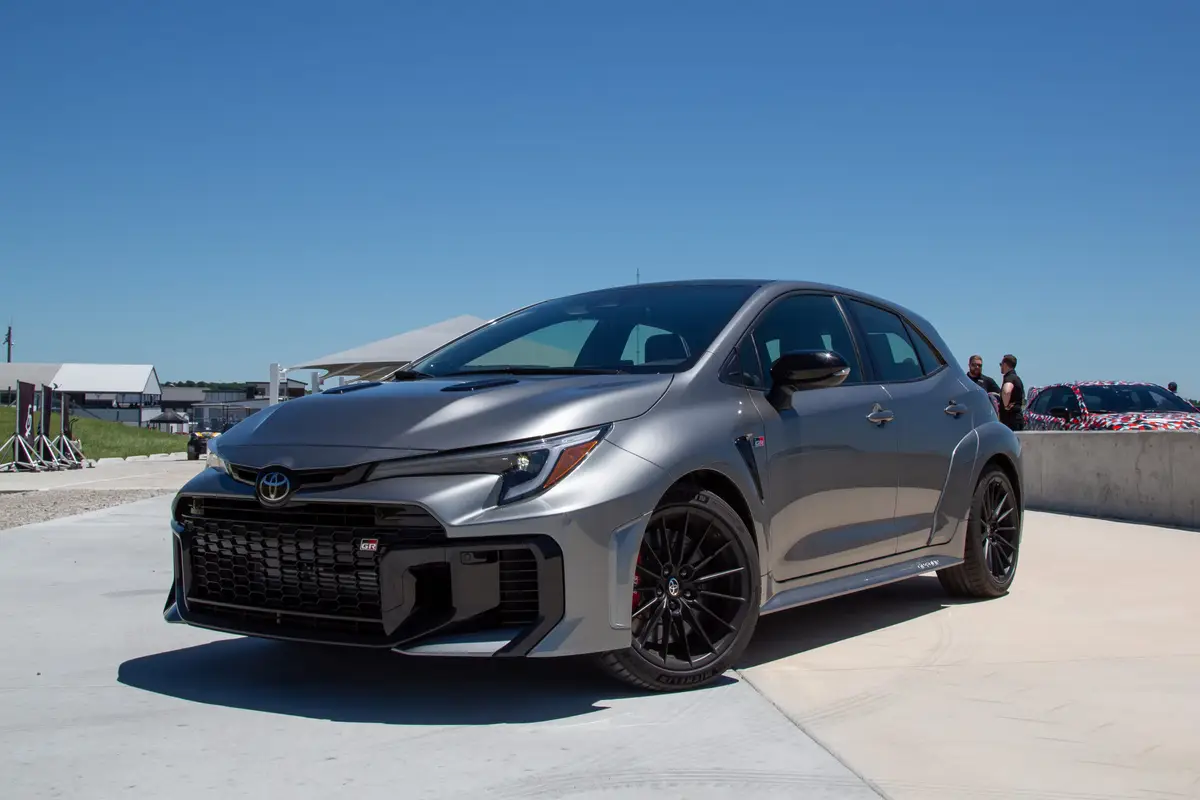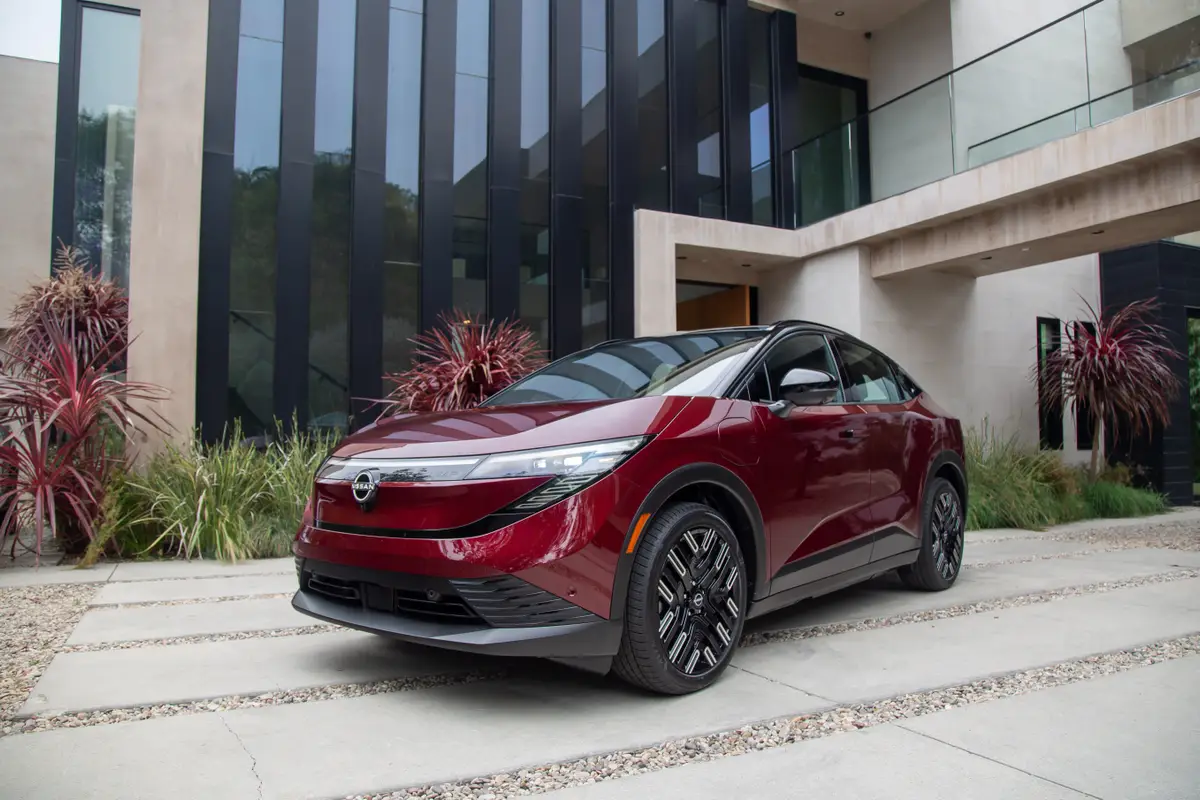These Car Brands Have the Best Initial Quality for 2025 Models, Per J.D. Power

Buyers of 2025 models are slightly happier with their purchases compared to 2024, according to J.D. Power’s 2025 Initial Quality Study. But nobody is happier than Lexus and Nissan buyers, as those brands took home wins in their respective premium and mass-market categories.
Related: What Are the Most Reliable Cars and Brands?
The 39th annual study was just the second to incorporate real-world repair data from franchised dealerships; that new data set was added to J.D. Power’s metrics for the first time in the 2024 study. Findings are based on responses from buyers and lessees of new model-year 2025 vehicles surveyed after 90 days of ownership. For this year’s study, 92,694 customers submitted survey responses between June 2024 and May 2025.
Respondents answer 227 questions about their new vehicle, covering 10 categories: infotainment; features, controls and displays; exterior; driving assistance; interior; powertrain; seats; driving experience; climate; and unspecified — that last one being intentionally broad to encompass the new repair data.
J.D. Power processes survey responses into problems per 100 vehicles, or PP100. The industrywide average of 192 PP100 is a slight improvement over 2024’s 194. (Think golf, not bowling: A lower score is better as it means there are fewer problems per 100 vehicles.) Mass-market brands actually slipped to an average of 187 PP100 versus last year’s 181, but the average score among premium brands improved significantly, from 230 PP100 in 2024 to 203 this year. J.D. Power notes that was “largely driven by Tesla,” though the automaker is not officially ranked in the list below as there were fewer than 100 survey responses from Tesla buyers. (Rivian is left out of the official rankings for the same reason.)
Which Car Brands Have the Best Initial Quality?
Individual brand scores in the 2025 J.D. Power Initial Quality Study are as follows (the average for all brands was 192 PP100):
- Lexus: 166
- Nissan: 169
- Hyundai: 173
- Jaguar: 175
- Chevrolet: 178
- Honda: 179
- Dodge: 180
- Kia: 181
- Buick: 183
- Genesis: 183
- Jeep: 186
- Subaru: 187
- Porsche: 188
- Ford: 193
- BMW: 196
- Acura: 198
- GMC: 199
- Cadillac: 200
- Toyota: 200
- Lincoln: 206
- Land Rover: 208
- Mercedes-Benz: 210
- Chrysler: 213
- Mini: 218
- Ram: 218
- Mitsubishi: 222
- Mazda: 225
- Volkswagen: 225
- Infiniti: 242
- Volvo: 258
- Audi: 269
- Tesla: 200
- Rivian: 274
Which 2025 Cars Have the Best Initial Quality?
J.D. Power also breaks down its findings by powertrain type. Owners report the most problems with plug-in hybrids, which scored 237 PP100 versus 212 for all-electric vehicles and 184 for those with gas engines. Here, too, Tesla had an outsize impact, lifting the EV average with its sole 66-PP100 improvement from last year’s study.
The firm does not release scores for every single model on sale, but it does list the top scorers in each class. GM had the most segment-leading vehicles with five: Buick Encore GX, Cadillac XT5 and Chevrolet Blazer, Silverado and Tahoe. Ford had four with the Escape, F-150, Mustang and F-Series Super Duty, while Honda took three top spots: Acura Integra and RDX and Honda Odyssey. The Porsche 911 was the single highest-scoring model in this year’s survey, with just 116 PP100; last year, that honor went to the Lexus LC. The full list of winners in each segment (as defined by J.D. Power) is as follows:
Cars
- Compact Car: Nissan Sentra
- Compact Premium Car: Lexus IS
- Small Premium Car: Acura Integra
- Mid-Size Car: Nissan Altima
- Mid-Size Premium Car: Lexus ES
- Upper Mid-Size Premium Car: Mercedes-Benz CLE
- Sporty Car: Ford Mustang
- Premium Sporty Car: Porsche 911
SUVs
- Small SUV: Buick Encore GX
- Small Premium SUV: Audi Q3
- Compact SUV: Ford Escape
- Compact Premium SUV: Acura RDX
- Mid-Size SUV: Chevrolet Blazer
- Mid-Size Premium SUV: Cadillac XT5
- Upper Mid-Size SUV: Kia Telluride
- Upper Mid-Size Premium SUV: BMW X6
- Large SUV: Chevrolet Tahoe
- Large Premium SUV: BMW X7
Trucks and Vans
- Minivan: Honda Odyssey
- Mid-Size Pickup: Hyundai Santa Cruz and Jeep Gladiator (tie)
- Large Light-Duty Pickup: Chevrolet Silverado and Ford F-150 (tie)
- Large Heavy-Duty Pickup: Ford Super Duty
The Most Common Quality Issues
Those scores might seem bad for new vehicles, but keep in mind that they are per 100 vehicles; 169 PP100 means an average of less than two problems per individual vehicle. And “problems” does not necessarily mean an issue all buyers would define as a quality issue. For example, J.D. Power notes that survey respondents reported greater frustration this year with cupholder size and flexibility “given that owners are now bringing more reusable containers into their vehicles.” While not having somewhere convenient to drop your Yeti travel mug during the commute might be an annoyance, it hardly seems like something to base a $50,000 purchase on — nor is it a problem on par with, say, parts flying off your vehicle on the highway.
Similarly, half of the most common problems recorded in the 2025 Initial Quality Study relate to infotainment systems. Frank Hanley, senior director of auto benchmarking at J.D. Power, says, “While customers do find the larger touchscreens visually appealing, their functionality within the vehicle is an increasing source of frustration.” The firm notes that owners report more problems when they have to poke and swipe through on-screen menus for functions such as “climate controls, garage door openers and even glove box releases.” Hanley suggests, “By retaining dedicated physical controls for some of these interactions, automakers can alleviate pain points and simplify the overall customer experience.”
Cupholders and infotainment systems both fall under the umbrella of what J.D. Power calls “design-related issues,” and such problems are equal between mass-market and premium brands, according to the data. Mainstream and luxury brands differ more in the meaningful “defect/malfunction” scoring, with the greatest single discrepancy being in the exterior category. There, premium vehicles average 4.2 more problems than their mass-market counterparts. J.D. Power notes that premium vehicles’ shortfall in this area is “mostly driven by those from non-traditional automakers.”
More From Cars.com:
- J.D. Power Study Finds Growing Frustration With Advanced Tech
- 2024 J.D. Power Customer Service Index Study: Dealer Satisfaction Improved
- J.D. Power Study Finds Vehicles Built During Pandemic Continue to Frustrate Owners
- Find Your Next Car
Cars.com’s Editorial department is your source for automotive news and reviews. In line with Cars.com’s long-standing ethics policy, editors and reviewers don’t accept gifts or free trips from automakers. The Editorial department is independent of Cars.com’s advertising, sales and sponsored content departments.
Featured stories




